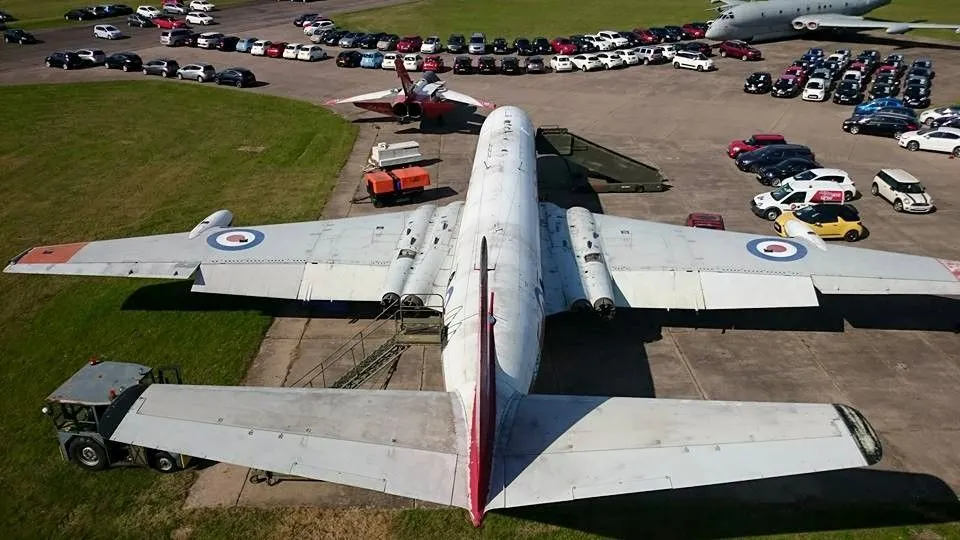De Havilland Comet Diecast Models Top 5
The De Havilland Comet, a pioneering jet airliner, holds a special place in aviation history. Its sleek design and groundbreaking technology revolutionized air travel. For collectors and aviation enthusiasts, the Comet represents a significant piece of the past. Diecast models offer a tangible connection to this iconic aircraft, allowing enthusiasts to appreciate its legacy in miniature form. This article explores the top 5 De Havilland Comet diecast models, providing a guide for collectors and those interested in owning a piece of aviation history. Discovering the history and finding the perfect diecast model will be an exciting journey.
The De Havilland Comet’s History
The De Havilland Comet made its inaugural flight in 1949, becoming the world’s first commercial jet airliner. This marked a pivotal moment in aviation, ushering in a new era of faster and more comfortable air travel. Its elegant design and innovative features, such as a pressurized cabin, promised a revolutionary experience for passengers. The Comet was designed to travel faster and higher than its piston-engine counterparts, offering significant advantages in terms of speed and efficiency. Its introduction was met with great fanfare, symbolizing progress and technological advancement. The plane was a marvel of engineering.
The First Jet Airliner
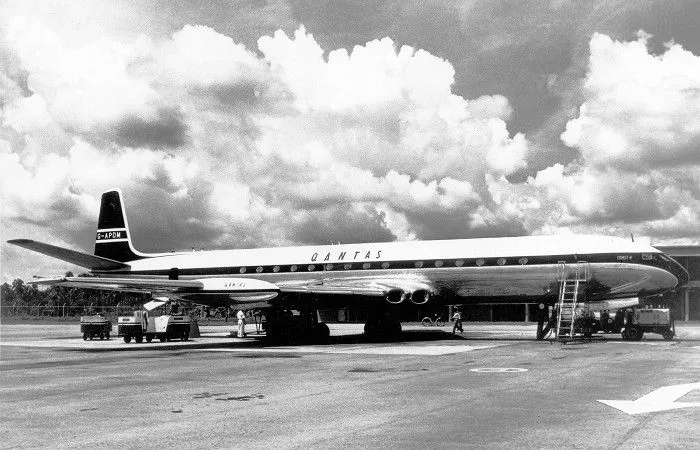
The Comet was not just the first jet airliner; it was a symbol of the future. Its introduction promised to shrink the world, making international travel quicker and more accessible. The early Comets provided an unmatched travel experience, soaring above the weather and cruising at speeds previously unheard of in commercial aviation. This innovation captured the imagination of the public and the industry alike. The Comet’s success initially set the standard for future aircraft design. The Comet was a symbol of innovation in the post-war period.
Early Design Challenges
Despite its initial success, the Comet faced challenges. Early models suffered from structural failures, which led to grounding and redesigns. These setbacks highlighted the need for rigorous testing and the importance of understanding the stresses placed on aircraft at high altitudes and speeds. The investigations that followed led to a better understanding of metal fatigue and aircraft design. These early design challenges, while tragic, ultimately contributed to advancements in aviation safety and engineering. The design faults led to significant changes in aircraft design and safety protocols.
Diecast Models and the Comet
Diecast models provide a tangible link to the De Havilland Comet’s legacy. These meticulously crafted miniatures allow enthusiasts to appreciate the aircraft’s design and historical significance. Diecast models capture the Comet’s iconic silhouette and the details that made it so unique. Collectors and aviation enthusiasts find great satisfaction in owning these miniature representations of a significant aircraft. Diecast models offer an accessible way to own a piece of aviation history, allowing enthusiasts to connect with the past in a physical form. They provide a detailed view of the plane’s design.
Scale and Detail
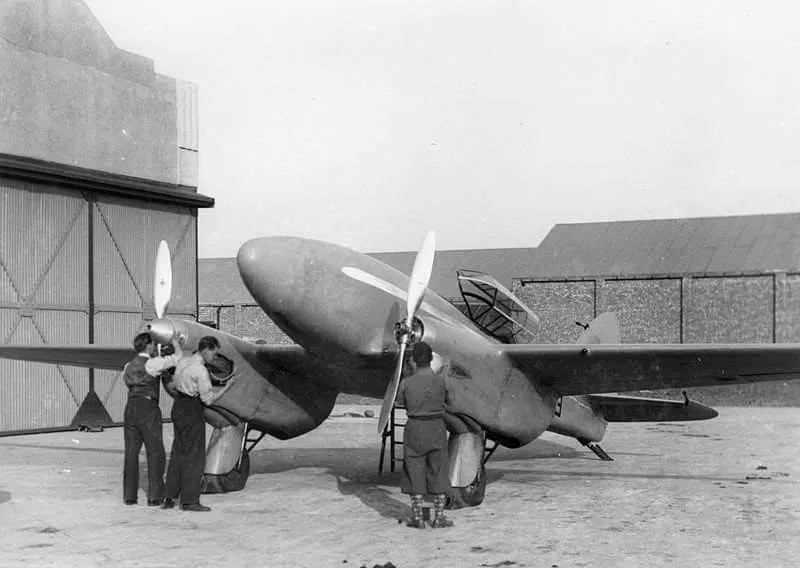
Diecast models are available in various scales, each offering a different level of detail and display options. The scale of a model determines its size relative to the original aircraft. Larger scales, such as 1:72 or 1:100, allow for greater detail, including intricate features like cockpit instruments, panel lines, and even tiny rivets. Smaller scales, such as 1:200 or 1:400, are more compact, making them ideal for displaying multiple models. The level of detail in a diecast model is a key factor for collectors, and the accuracy of the scale is important for enthusiasts. Each model is a work of art.
Popular Scales
Common scales for De Havilland Comet diecast models include 1:200 and 1:400, which are popular for their balance of detail and display space. The 1:72 and 1:100 scales offer more detail, making them attractive to serious collectors. Scale choice often depends on personal preference and the availability of models. Some collectors prefer to focus on specific scales to maintain consistency in their collections. Other scales are available. Researching scales will help determine which scale is right for any specific collector.
Top 5 De Havilland Comet Diecast Models
Choosing the top 5 De Havilland Comet diecast models requires considering a variety of factors, including historical significance, detail, and availability. The following models represent some of the most desirable and well-crafted examples available, perfect for any collector. Each model is a representation of a specific period of the aircraft. Availability and price will influence any collector’s decisions.
Model 1 Early Production Comet
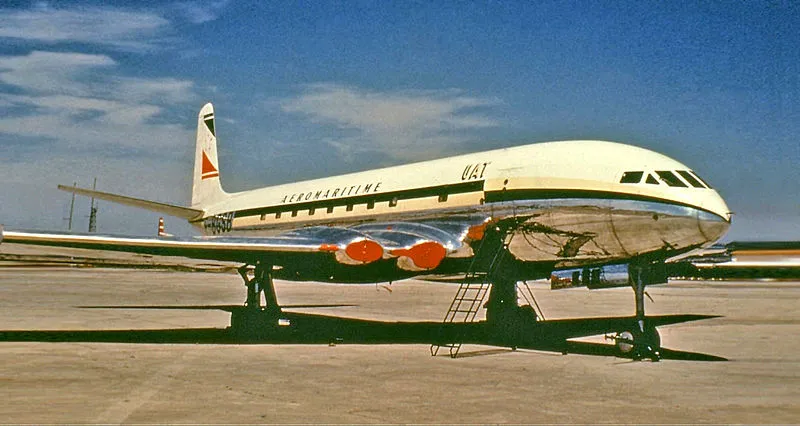
This model accurately represents the original design of the De Havilland Comet, capturing its sleek lines and distinctive features. The early production models, often featuring the original BOAC livery, are highly sought after by collectors. This model is historically significant, showcasing the aircraft’s initial design and its impact on aviation history. Finding models that accurately reflect the early Comet design can be a challenge, but these are a must-have for serious collectors. These early models are very rare.
Model Features and Details
Key features to look for in this model include accurate wing shape, engine nacelles, and the distinctive cockpit windows. Detailed paint schemes and accurate markings, including registration numbers and airline logos, are essential for authenticity. Look for models with well-defined panel lines, antennas, and other small details. The best models will replicate the original Comet’s appearance. Detailed research can help distinguish between the available models. These models are a collector’s delight.
Model 2 BOAC Comet 1
The BOAC Comet 1 is a significant piece of aviation history. This model accurately depicts the aircraft in its original British Overseas Airways Corporation livery. The BOAC Comet 1 represents a period of early jet travel and features the airline’s iconic branding and color scheme. This model is a must-have for enthusiasts who want to capture a specific period in aviation. This model also showcases the Comet’s early success in the airline industry.
Distinguishing Features
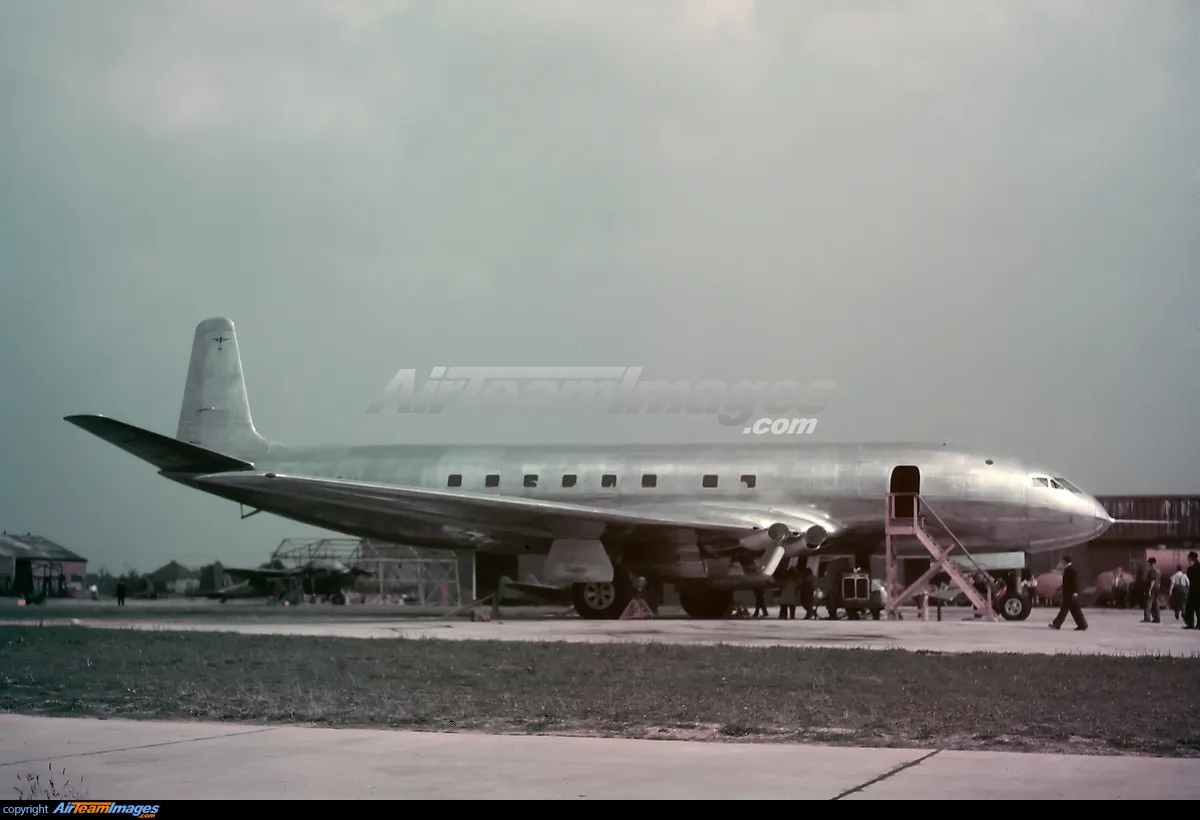
Distinctive features include the BOAC livery, which usually features a blue and white color scheme, with the airline’s logo prominently displayed. The original engine nacelles and wing design are also key characteristics. Ensure the model accurately depicts the Comet 1’s specific configuration, including the number and placement of windows and antennas. Researching reference images of the BOAC Comet 1 will help in identifying a model’s accuracy. Pay close attention to the engine placement.
Model 3 Comet 4
The Comet 4 represents a significant advancement, incorporating improvements and addressing the design flaws of the earlier models. The Comet 4 was a significant leap forward in aviation, offering improved performance and safety. It incorporated design changes to increase safety. The Comet 4 is a testament to the evolution of the aircraft. Look for models that capture the design and features of the Comet 4.
Key Improvements
Key improvements include strengthened wings, fuselage modifications, and enhanced engines, all designed to improve reliability and safety. Models should accurately portray these modifications, including any changes to the wing shape or engine nacelles. The paint scheme and markings should reflect the aircraft’s operation with various airlines. Accurate depictions of the Comet 4 are essential for capturing its legacy. The Comet 4 represents an important step in the aircraft’s history.
Model 4 Comet 4C
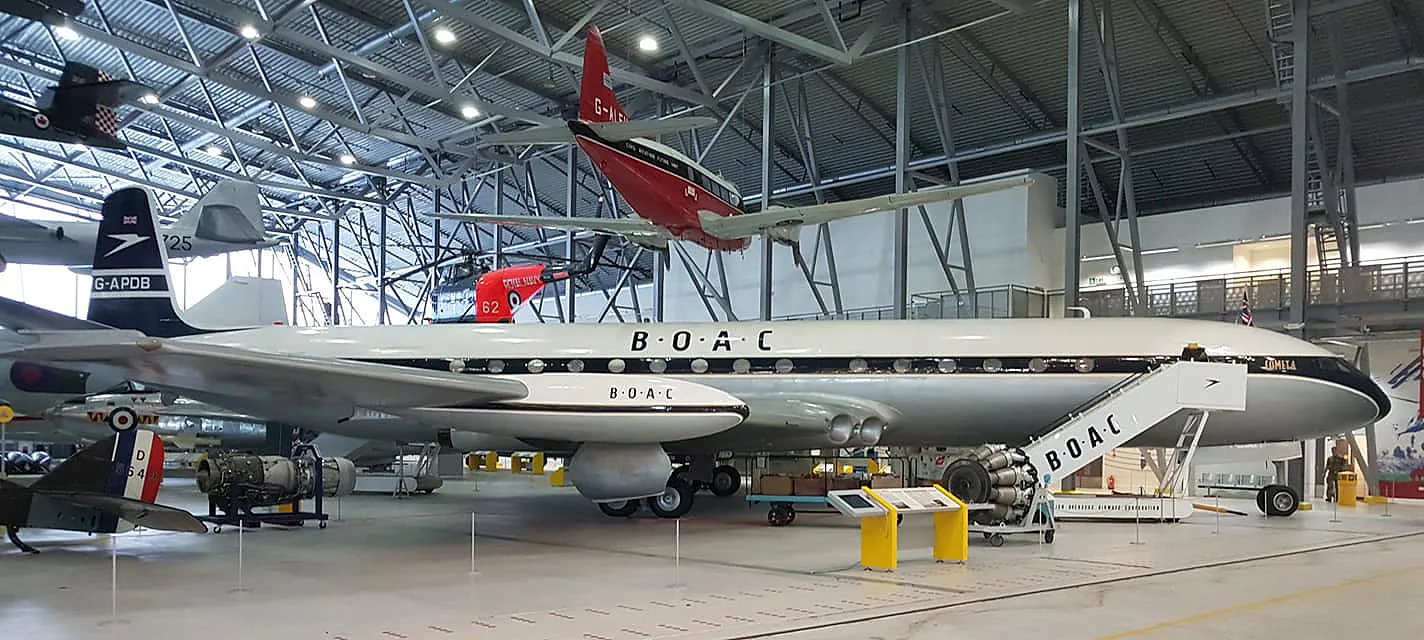
The Comet 4C, a stretched version of the Comet 4, offers greater passenger capacity and range. The Comet 4C represents a key development in the aircraft’s evolution, offering increased capacity. Models of the Comet 4C are highly desirable. The model’s stretched fuselage and other design changes make it a popular option among collectors. These models are highly collectible and showcase the plane’s design.
The Stretched Version
The key characteristic of the Comet 4C is its extended fuselage, which increases passenger capacity. The models should also accurately represent the wing design. Details such as the tail fin and engine nacelles should reflect the specific features of the Comet 4C. Collectors should ensure the models are detailed. The extended version is an important piece of aviation history.
Model 5 Rare and Collectible Comets
This category includes rare and limited-edition models, variations in livery, and models from lesser-known operators. These models are particularly valuable to collectors. These models offer a unique insight into the Comet’s usage. Models depicting the Comet in less common or unique liveries are highly sought after. These models can be a significant addition to a collection. The rarity of these models makes them even more valuable.
Finding the Best Comet Diecast Models
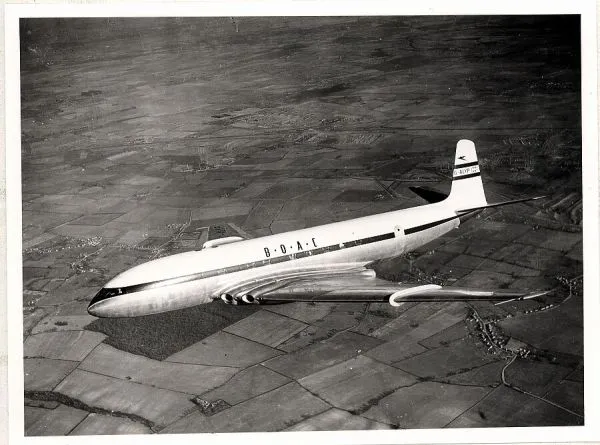
Finding the best De Havilland Comet diecast models requires research. Various retailers offer the models. The market is diverse, and understanding where to look is key. There are numerous online and brick-and-mortar locations to find these models. It’s about knowing where to look and how to assess the quality.
Where to Buy
Both online and physical stores are available. Online retailers and specialty shops each offer unique advantages. The choice often depends on personal preference. Several different avenues are available.
Online Retailers
Online retailers offer convenience and a wide selection of models. Many retailers specialize in diecast models, and have a large selection to choose from. Research the retailer’s reputation and customer reviews before making a purchase. Websites often have detailed information about models. Online retailers provide many options to choose from.
Specialty Shops
Specialty shops often have a curated selection of models. These shops provide expert advice, which can be valuable for collectors. Shop staff are often knowledgeable about the specific models. Specialty shops are a great option for finding models.
What to Look for in a De Havilland Comet Diecast
Several factors contribute to the quality and value of a diecast model. Authentic detailing, scale accuracy, and the model’s overall condition play critical roles. Paying attention to these details will help make the best choice. Understanding these factors will help anyone make an informed decision when acquiring a Comet model.
Authenticity and Detailing
Authenticity and detailing are essential for a high-quality model. This includes accurate paint schemes, markings, and other details. Check for accurate panel lines, rivet details, and cockpit features. The model should represent the historical aircraft accurately. Models with detailed features have more value.
Scale Accuracy
Scale accuracy ensures the model is proportionately correct to the original aircraft. Compare the dimensions of the model with the specifications of the De Havilland Comet. Ensure that the model’s wingspan, length, and height are accurate. Scale accuracy adds to the value and appeal of a model. Accurate scales will increase the model’s value.
Value and Collectibility
The value of a diecast model is influenced by its rarity, condition, and historical significance. Limited-edition models or those with unique liveries often command higher prices. The model’s condition, including any damage or wear, impacts its value. Researching the market value of a model can provide insights into its collectibility. Value and collectibility will increase as time passes.
Caring for Your De Havilland Comet Diecast
Proper care is important for preserving the quality and value of your diecast model. Displaying and storing your model correctly can protect it from damage. Careful storage will extend the model’s lifespan. Proper care will help preserve your model.
Store your model in a clean, dry environment away from direct sunlight to prevent fading. Use a display case to protect the model from dust and damage. Avoid handling the model excessively to prevent scratches or wear. Regularly dust the model with a soft brush to maintain its appearance. If the model has a display stand, make sure it’s properly assembled. By following these tips, you can preserve the quality of the diecast model.
